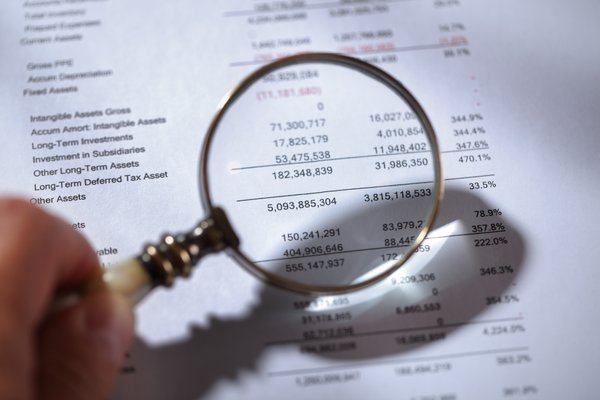Understanding Goodwill in Finance: A Kiwi Investor's Guide

Goodwill isn't a tangible asset you can touch, like a factory or a piece of equipment. Instead, it represents the premium a buyer is willing to pay for a company above and beyond the fair market value of its identifiable net assets (assets minus liabilities). Think of it as the value of a company's reputation, brand recognition, customer loyalty, skilled workforce, proprietary technology, and other intangible factors that contribute to its earning potential.
The calculation is relatively straightforward. Goodwill is determined by subtracting the fair value of a company’s net assets from the purchase price. Let's break it down:
- Determine the Purchase Price: This is the total amount paid to acquire the company.
- Identify Net Assets: Calculate the fair value of all assets (cash, accounts receivable, inventory, property, plant, and equipment, patents, etc.) and subtract the fair value of all liabilities (accounts payable, loans, etc.).
- Goodwill = Purchase Price – Fair Value of Net Assets
Example: Company A buys Company B for $1 million. Company B's net assets are valued at $800,000. Goodwill would be calculated as $1,000,000 - $800,000 = $200,000.
Goodwill is a crucial factor for investors to consider for several reasons:
- Overvaluation: A large amount of goodwill on a company's balance sheet *could* indicate that the company was overvalued during the acquisition. It's a signal to investigate further.
- Impairment: Goodwill isn't amortized (gradually written down) like some other assets. Instead, it's tested for impairment annually. If the value of the acquired company declines, the goodwill may need to be written down, which can negatively impact the acquiring company's earnings.
- Sustainable Competitive Advantage: Goodwill often reflects a company's unique competitive advantages. Understanding what drives that goodwill can provide insights into the company's long-term prospects.
In New Zealand, accounting standards (often aligned with IFRS) govern how goodwill is treated. It’s important for Kiwi investors to be aware of these standards and how they impact financial reporting. Companies need to regularly assess their goodwill and be transparent about any impairment charges.
- High Goodwill Ratio: A high goodwill-to-asset ratio might be a red flag.
- Frequent Impairment Charges: Consistent impairment charges suggest the initial valuation might have been overly optimistic.
- Lack of Transparency: Companies should clearly explain the factors contributing to their goodwill.
Goodwill is a complex but important concept in finance. By understanding what it is, how it’s calculated, and its implications for investors, Kiwi investors can make more informed decisions and better assess the true value of companies. Don't just look at the bottom line – delve into the details of a company's balance sheet and understand the story behind the goodwill.






